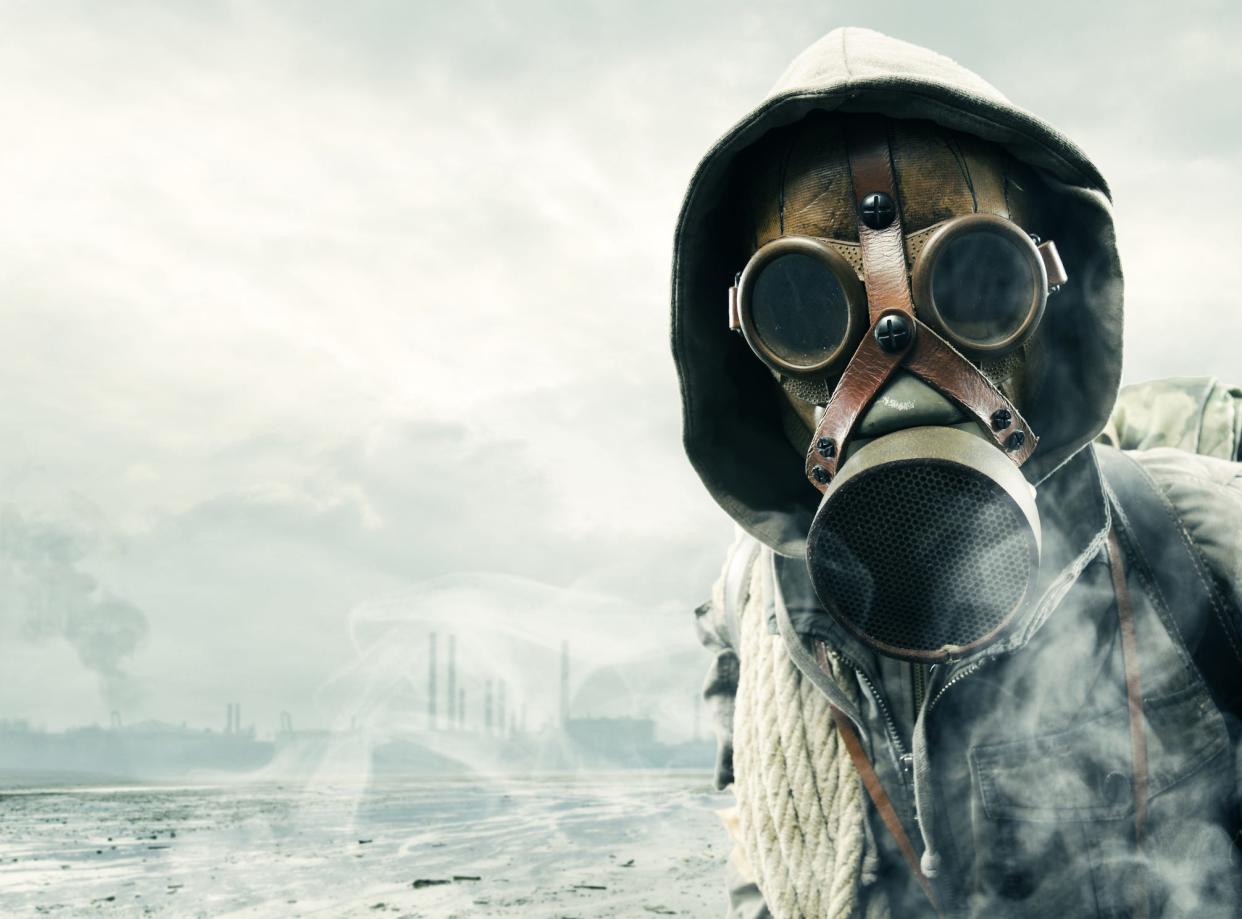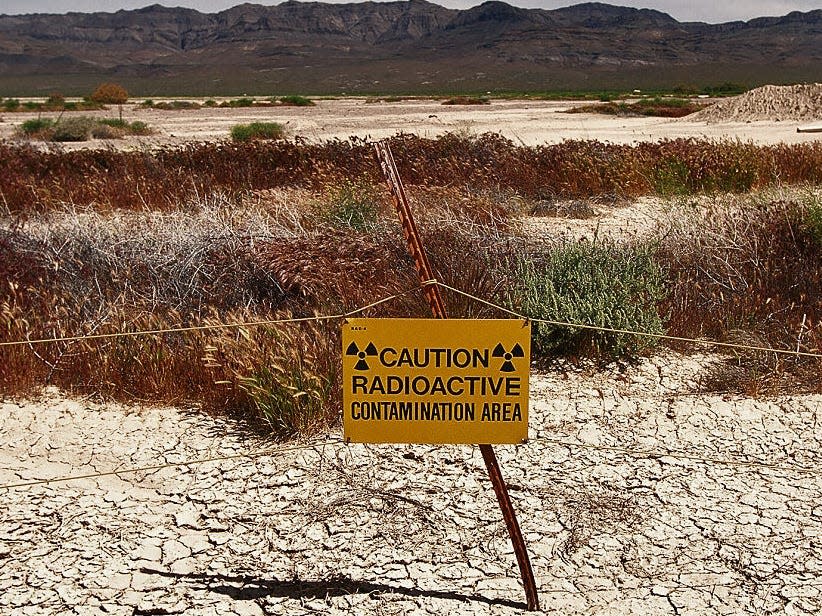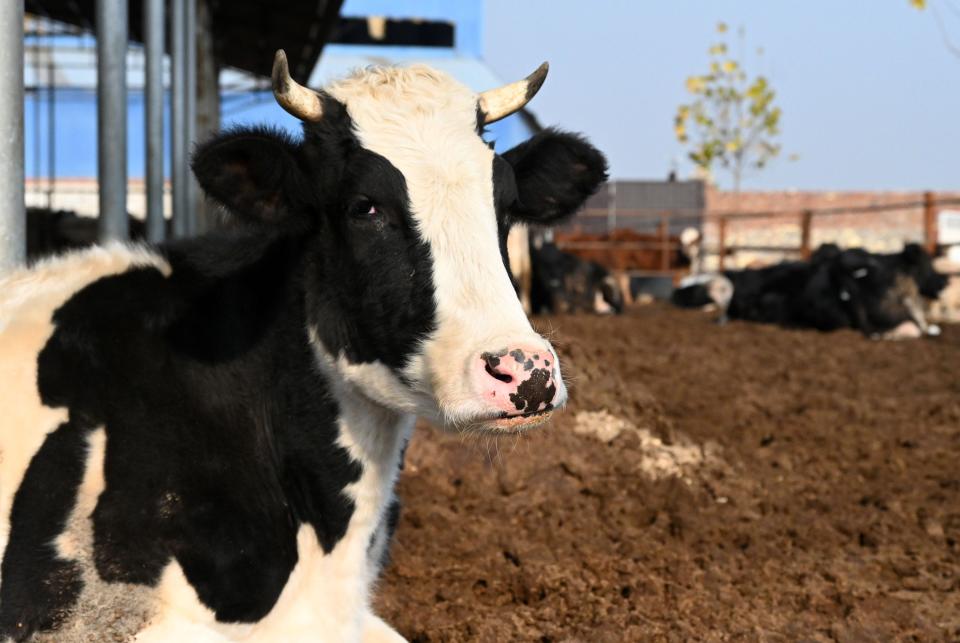Most surprising facts about the radioactive particles that poison the air after a nuclear bomb detonates

Fallout — radioactive material from a nuclear explosion — exists in every corner of the world.
Nuclear fallout from a bomb is less dangerous long-term than from a nuclear power plant disaster.
Fallout raining from the sky is just one way people are exposed — food is another common culprit.
1. Fallout can stay in the atmosphere for years

Nuclear blasts create dangerous fallout — residual radioactive material that travels high into the air, cools into dust, and eventually settles back to the ground, poisoning it in the process.
Most fallout from a nuclear blast takes anywhere from one day to a week to return to the ground, said Zaijing Sun, a nuclear physicist at the University of Nevada, Las Vegas.
But some fallout gets kicked so high into the atmosphere, as much as 50 miles up, it can remain for several months to years before falling back to the surface, Sun added.
Sun works as part of the Health, Environment, and Radiation Detection research group at UNLV that studies radioactive waste management, as well as applications of radiology and nuclear physics for medical uses.
2. Radioactive fallout is at the bottom of the ocean

Fallout that reaches the stratosphere can travel long distances, moving with wind and weather patterns.
So if a large nuclear bomb detonated in the United States, for example, fallout could reach Russia, Europe, or China — it's a global event, Sun said.
Case in point, scientists have detected radioactive fallout from nuclear bomb tests in areas across the globe — from soil in Tunisia, to arctic glaciers, and even in the deepest parts of the ocean in the muscle tissue of certain crustaceans that live in ocean trenches.
3. Most Americans carry traces of radioactivity

During the 1950s and '60s, the US government tested over 500 nuclear bombs by detonating them in the atmosphere.
The fallout from the Nevada test site, among other places, flooded the atmosphere with radioactive isotopes, Sun said.
As a result, every single person living in the United States since 1951 has been exposed to at least some radioactive fallout, a study from the National Cancer Institute and the Centers for Disease Control and Prevention found.
Scientists believe that the health risks for most people remain small, however, one study estimated that fallout may have caused up to 11,000 cancer deaths.
4. Food is a common culprit of radioactive fallout exposure

Radioactive fallout raining down onto your skin is one route of exposure, but oftentimes exposure occurs in a less dramatic fashion, like when fallout enters the food chain.
"For example, due to fallout from the Nevada test site, some people in Wyoming have been affected by strontium in milk," Sun said.
Strontium refers to the radioactive isotope strontium-90. Dairy cows that eat grass contaminated with strontium then produce milk laced with it that can then affect humans who drink it.
Strontium-90 can cause intestinal tract problems. And because it acts like calcium, it tricks your bones into absorbing it, which can lead to cancers of the bone, bone marrow, and soft tissue surrounding bones.
5. Potassium iodide may help protect you from thyroid cancer caused by fallout

Iodine-131, one of the dangerous radioactive isotopes in nuclear fallout, tends to accumulate in the thyroid gland and long-term can cause thyroid cancer, Sun said.
But if you take a pill of a different type of iodine — potassium iodide (KI) — shortly before or directly after exposure to fallout, you might reduce your risk of thyroid cancer.
KI works because the thyroid can only absorb a certain amount of iodine at once. If your thyroid already absorbed KI, it wouldn't have much room for radioactive iodine-131.
6. Fallout from a bomb is less dangerous than nuclear power plant meltdowns

A nuclear reactor releases many more radioisotopes during a meltdown than a nuclear bomb does when it detonates, Sun said.
For example, the Chernobyl disaster released an estimated 10 times more radiation than the nuclear bombing of Hiroshima in WWII.
Today, radiation in Hiroshima is the same level as normal, everyday background radiation worldwide.
But in Chernobyl, some elements with a longer half-life, such as Strontium-90 and Cesium-137, still exist at elevated levels.
7. Only about 15% of the energy released by a nuclear bomb comes from nuclear radiation

"I think in the popular imagination people are very concerned about fallout, but keep in mind that most of the energy from an atomic bomb is released immediately," Sun said.
About 35% of that energy comes from thermal radiation — heat — while about 50% is explosive blast energy.
Just 15% of the nuclear weapon's energy comes from nuclear radiation — and a large part of that comes in the first minute of the blast. This is not to say that radioactive fallout isn't dangerous or scary, but the most damage by far is from the detonation.
Read the original article on Business Insider


